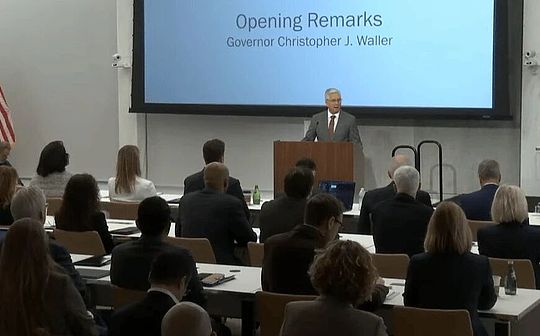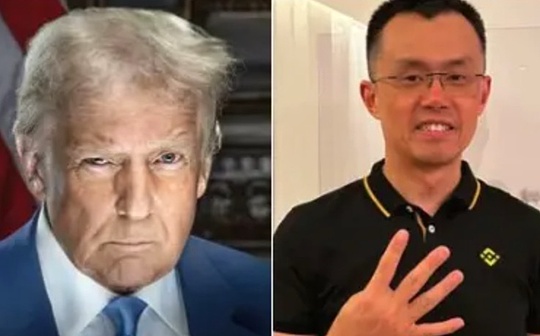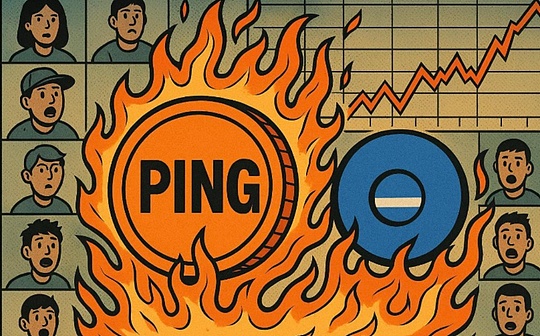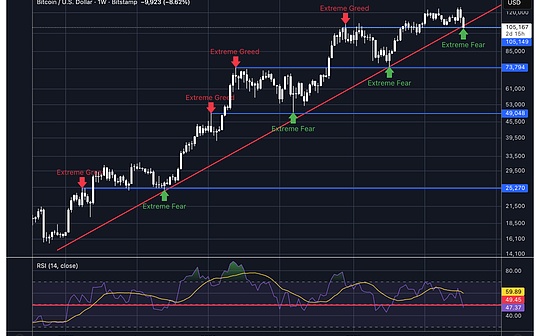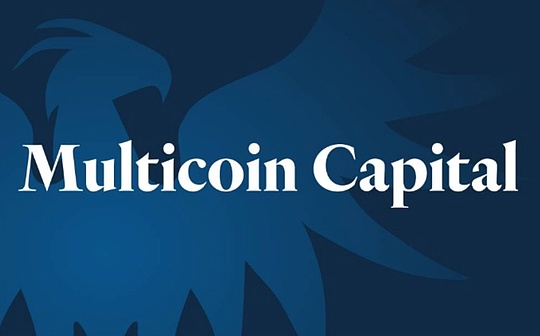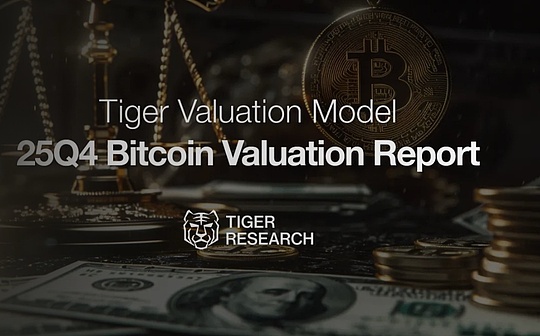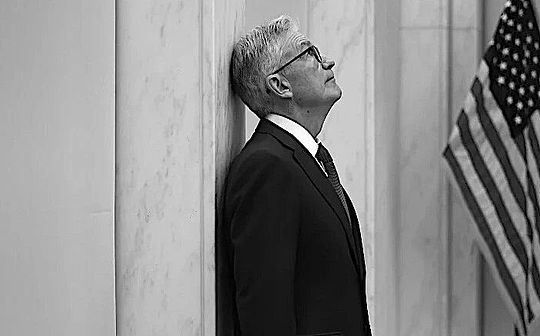
Introduction: The Fed stands at a crossroads
On October 22, 2025, the global financial market is holding its breath to watch a suspense: the term of Jerome Powell, Chairman of the U.S. Federal Reserve (hereinafter referred to as the “Fed”), will end on May 15, 2026.This is not only a node for personnel changes, but also a key test for the direction of U.S. monetary policy, global economic stability, and the independence of the Federal Reserve.Against the background of the strong return of the Trump administration, the choice of successor, adjustments to the interest rate path, and whether the Federal Reserve can continue to withstand political pressure have become the focus of heated discussions among markets, academics, and ordinary investors.As a trader’s comment on the
1. The Powell Era: The Difficult Balance from Fighting Inflation to Soft Landing
Jerome Powell has weathered the dramatic swings in the U.S. economy in recent years since he was appointed chairman of the Federal Reserve by Trump in 2018.From the economic shutdown caused by the new crown epidemic, to the surge in inflation in 2021-2022, and then to the gradual cooling in 2023-2025, the Federal Reserve under Powell’s leadership has demonstrated flexibility and decisiveness.His core strategy can be summarized as “data-driven”: curb inflation by raising interest rates, followed by cautious rate cuts to protect the job market while trying to avoid a hard landing.
1.1 The legacy of fighting inflation
In 2022, facing the highest inflation rate in 40 years (CPI was once close to 9%), the Federal Reserve launched a radical interest rate hike cycle, rapidly raising the federal funds rate from near zero to 5.25%-5.50% in early 2023.This move successfully reduced core PCE inflation from 5.2% in 2022 to 2.9% in August 2025, close to the Fed’s 2% target.Powell has emphasized in many public speeches that the Fed’s dual mission of price stability and maximum employment is a core pillar of policymaking.
However, this process is not without costs.The interest rate hike triggered a cooling of the real estate market, with commercial real estate (CRE) loan defaults rising and increasing pressure on the banking system.For example, revised employment data for 2024 show that the U.S. economy has overestimated the number of new jobs created in the past two years by about 1 million, showing a weak signal in the labor market.In his speech in October 2025, Powell admitted frankly: “The risks we face have not completely disappeared, and the downward pressure on the job market is exceeding the stickiness of inflation.”
1.2 A cautious start for interest rate cuts
In September 2025, the Federal Reserve launched an interest rate cutting cycle, lowering interest rates by 25 basis points for the first time to 4.50%-4.75%, and plans to further cut interest rates by 25 basis points at the October 28-29 meeting, with a target range of 3.75%-4.00%.This path reflects Powell’s persistent pursuit of a “soft landing”: both to ease labor market pressures and to prevent inflation from rebounding due to geopolitical or energy price fluctuations.However, the government shutdown that began on October 1 has hindered the release of key data (such as non-farm payrolls and CPI), making the Fed’s decision-making seem to be “moving forward in the dark.”
1.3 Powell’s Declaration of Independence
Powell has consistently stressed the Fed’s independence amid growing political pressure.In September 2025, he made it clear: “Political factors are not in our consideration. We make policies based on data and economic prospects.” This stance was a direct response to public criticism of the Trump administration.Trump has repeatedly blasted Powell for keeping interest rates at “too high” levels, calling him a “moron” and suggesting he would push for a more “obedient” Fed chairman.
However, Powell has less than eight months left in his term as Fed chairman, and his term as a governor will last until January 2028.This means that even if he no longer serves as chairman, he may still influence policy as a director.However, the Trump team is obviously not satisfied with this arrangement, and the choice of successor has become a key chess game for them to reshape the Federal Reserve.
2. The Competition for Successor: Trump’s “Federal Reserve Transformation Plan”
As the countdown to Powell’s term enters, the Trump administration is accelerating its efforts to push the Fed’s policy direction toward a track more consistent with its economic agenda through the appointment of a new chairman and governors.The selection team led by Treasury Secretary Scott Bessent has shortlisted about 5 popular candidates from 11 candidates and plans to submit 3-4 final lists to Trump after Thanksgiving. The nomination process may start in January 2026.Here’s an analysis of the leading candidates:
2.1 Popular candidates and their policy tendencies
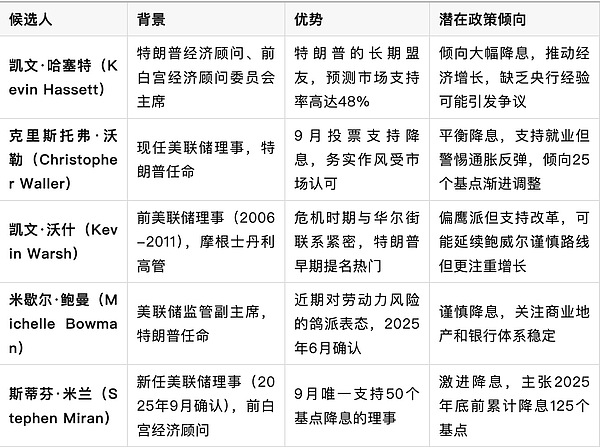
2.2 Trump’s “Fed Reform” Logic
The Trump administration’s succession strategy is clear: gradually transform the Federal Reserve into a vehicle to support “America First” policies by nominating candidates loyal to its economic vision.The backgrounds of Hassett and Milan are particularly prominent. Their close ties with the White House and their tendency to adopt loose policies are highly consistent with Trump’s demands to lower interest rates and stimulate the economy.Market sentiment on the
This strategy is not without resistance, however.The Federal Reserve’s legal framework gives it a high degree of independence. The appointment of the chairman and governors must be confirmed by the Senate. The Trump team’s attempt to challenge the legality of existing governors (such as Lisa Cook) through the courts has been rejected by the lower court, and the Supreme Court will hear the case in January 2026.In addition, market concerns are rising that overly aggressive easing policies may lead to runaway inflation, especially in the context of Trump’s plan to implement high tariffs (which are expected to push up CPI by 0.5-1%).
2.3 Response from the market and academia
Prediction markets (such as Kalshi) are optimistic about Hassett (48% probability), reflecting investors’ expectations of Trump’s rising influence, but the solid images of Waller and Bowman have also won the support of some institutional investors.Economists worry that an overly “politicized” Fed may weaken its credibility, leading to a weakening of the U.S. dollar and the risk of asset bubbles.On the
3. The fog of interest rate path: from cautious interest rate cuts to potential easing waves
The Fed’s monetary policy is at a critical turning point.The 2025 rate-cutting cycle has begun, but uncertainty about the future path is exacerbated by government shutdowns, tariff shocks and succession bias.Here is an analysis of the path of interest rates:
3.1 Current Baseline: Gradual Interest Rate Cuts
According to the latest Reuters survey, the market generally expects two 25 basis point interest rate cuts in 2025, and the federal funds rate will drop to about 3.25% by the end of 2026, close to the neutral interest rate level.In a recent speech, Powell said that the current policy is still restrictive (real interest rates are higher than the neutral interest rate), but downside risks to the job market have prompted the Fed to accelerate the pace of easing.The October 28-29 meeting is expected to cut interest rates by another 25 basis points, and another 25 basis points may be cut in December, for a total of 50 basis points in 2025.
However, the government shutdown has left critical data missing, making decision-making uncertain.For example, September CPI data will be released on October 24, but the non-farm payrolls report has been postponed, forcing the Fed to rely more on market signals and unofficial data.”We don’t have a risk-free path and we have to find a balance between employment and inflation,” Powell said frankly.
3.2 Dovish pressure: Towards a wave of easing?
Stephen Millan, the new governor appointed by Trump, supported a 50 basis point interest rate cut at the September meeting and advocated a cumulative 125 basis point interest rate cut by the end of 2025, bringing the interest rate to an ultra-low level of 2.75%-3.00%.This aggressive stance is consistent with Trump’s demand for low interest rates and could pave the way to counter the impact of tariffs and stimulate economic growth.Traders on the X platform were very excited about this, saying, “After Powell leaves, the Fed will start QE mode and liquidity will flood the market.”
The end of quantitative tightening (QT) has also become a focus of discussion.Powell suggested that the banking system’s reserves were “super-ample” but that liquidity was “gradually tightening.”The market interprets that the Federal Reserve may stop QT in early 2026 or even restart quantitative easing (QE) to deal with economic fluctuations caused by tariffs.This expectation has pushed up the prices of hard assets such as gold and Bitcoin, while raising concerns about the depreciation of the U.S. dollar.
3.3 Risks and challenges
Aggressive rate cuts are not without costs.Trump’s proposed tariff policy (10-20% tariffs on imported goods) may push up inflation and offset the stimulating effect of interest rate cuts.Energy prices fluctuate due to geopolitical tensions (such as the situation in the Middle East), which also creates hidden dangers for a rebound in inflation.Hawks within the Fed (such as Waller) advocate prudent interest rate cuts, warning that too rapid easing may lead to asset bubbles and a weakening of the dollar.In addition, rising commercial real estate loan default rates and potential risks to the banking system also require the Federal Reserve to maintain regulatory vigilance while easing.
4. The test of independence: the battle for the soul of the Federal Reserve
The Federal Reserve’s independence is the cornerstone of its century-old history, but the Trump administration’s strong intervention is making it face unprecedented challenges.The final months of Powell’s term will be a litmus test of the Fed’s ability to maintain its policy autonomy.
4.1 The tug-of-war between law and politics
The Federal Reserve’s legal framework clearly stipulates that the appointment and removal of the chairman and governors must be approved by the Senate and cannot be replaced at will due to policy differences.The Trump team tried to challenge the legality of existing directors through the courts (such as the Lisa Cook case), but the lower courts have rejected the relevant claims, and the Supreme Court’s decision (January 2026) will become a key node.Powell himself has also made it clear that even if he no longer serves as chairman, he will continue to perform his duties as a director until 2028, which retains a certain degree of policy continuity within the Fed.
4.2 Trump’s long-term impact
Even if Trump cannot directly replace Powell, his strategy of gradually “transforming” the Fed through the newly appointed chairman and governors may be more far-reaching.The rise of candidates such as Hassett and Milan may shift the Fed’s policy focus from its dual mission to a more single growth orientation.This shift could boost stocks and cryptocurrencies in the short term, but longer-term risks include runaway inflation, a falling dollar and instability in international capital flows.
4.3 Global Perspective: The Role of the Federal Reserve
The Fed’s policies not only affect the U.S. economy, but also have a profound impact on global markets.In 2025, the global economy will face multiple challenges: sluggish growth in the Eurozone, continued sluggishness in China’s real estate market, and rising debt pressure in emerging markets.The Fed’s interest rate cuts and potential QE may provide breathing space for global liquidity, but if the policy is too loose, it may trigger currency depreciation and capital outflows from emerging markets.The International Monetary Fund (IMF) recently warned that if the Federal Reserve’s independence is compromised, it may undermine global confidence in the U.S. dollar system.
5. Conclusion: The suspense remains unresolved and the game continues
The suspense surrounding the end of Powell’s term is not only about a personnel change, but also a game about the future direction of the Federal Reserve.The choice of successor will determine whether monetary policy continues Powell’s cautious balance or shifts to the aggressive easing expected by Trump.Fog over the path of interest rates, the potential impact of tariff shocks, and tests of the Fed’s independence are at the heart of this high-stakes game.
The market’s expectations for 2025-2026 are already divided: optimists are looking forward to an asset boom under the liquidity wave, while pessimists are worried about a rebound in inflation and a dollar crisis.Hot discussions on the
In the next few months, September CPI data (released on October 24), the results of the October FOMC meeting, and the Trump team’s nomination progress will provide more clues to this game.Regardless of the outcome, the battle for the soul of the Federal Reserve has begun, and its outcome will profoundly shape the future of the U.S. and global economies.

